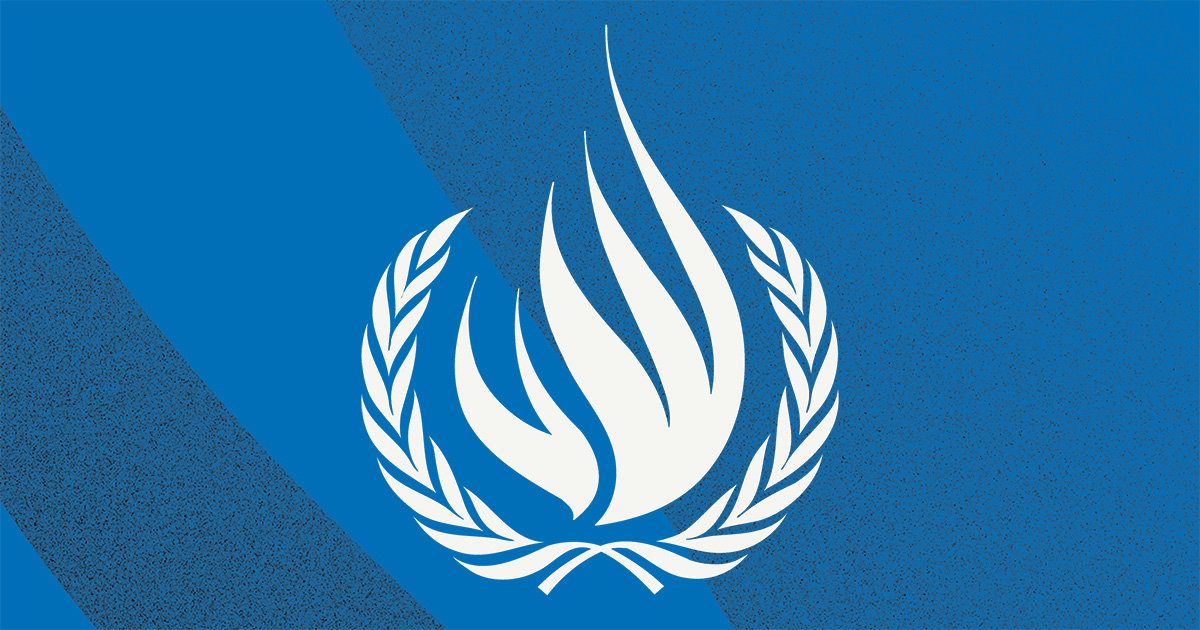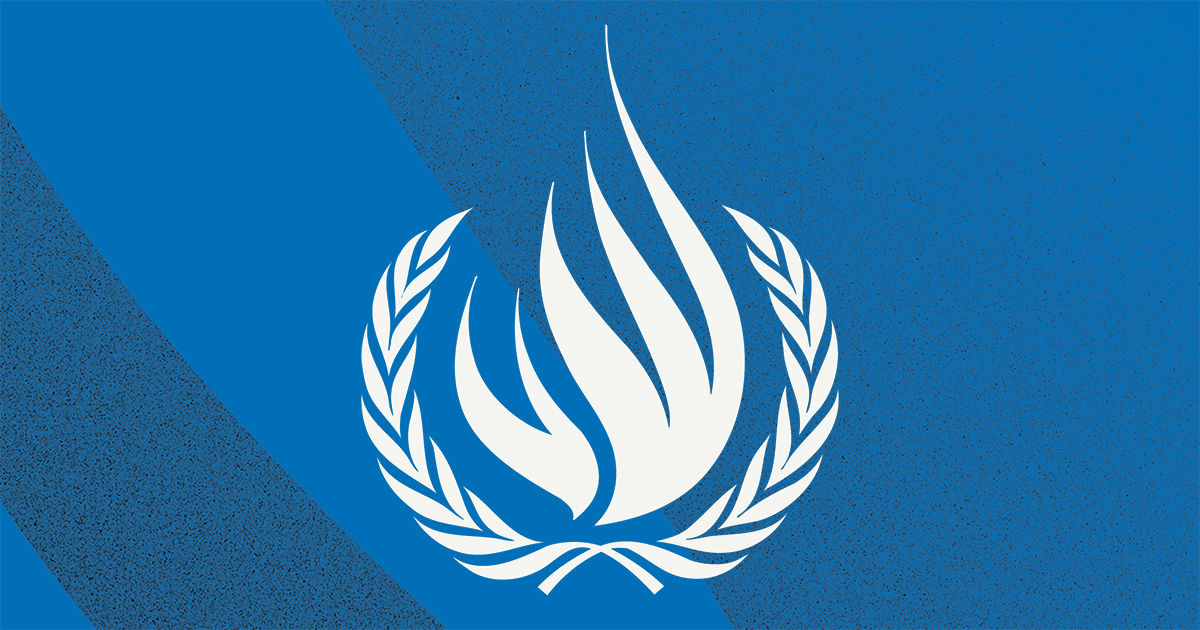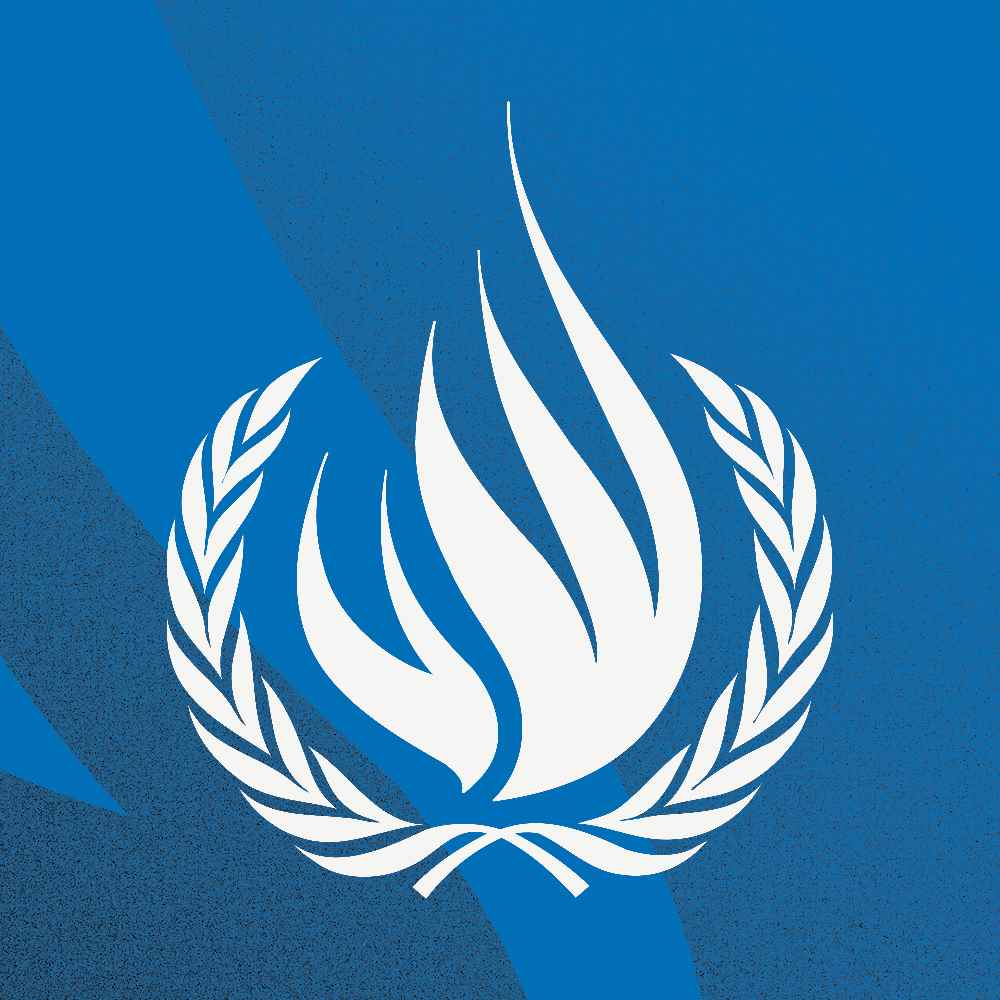
The Committee on the Rights of Persons with Disabilities and the Committee on the Rights of the Child today held a panel discussion on the rights of children with disabilities, on the occasion of issuing a joint statement on the same topic.
The debate was moderated by a former member of the Committee on the Rights of the Child, Mr. Jorge Cardona, who underscored the intersectionality of the two Conventions in areas that were revolutionary from a human rights perspective.
Children with disabilities were in a particularly vulnerable situation in terms of respect, protection and guarantee of their rights, as adult-centric and empowering stereotypes were still widespread. That was why it was necessary for both Committees to harmonise their recommendations to States and develop a common doctrine to be disseminated to all States and operators working with and for children with disabilities, in order to translate into concrete areas the human rights approach that both Conventions had in relation to children with disabilities.
In opening remarks, Rosemary Kayess, Chair of the Committee on the Rights of Persons with Disabilities, noted that no human being had the complete repertoire of abilities, and impairment should never be the basis for the denial or diminishment of human rights. That held true for adults as well as for children with disabilities. Mikiko Otani, Chair of the Committee on the Rights of the Child, expressed hopes that the joint statement would strengthen the protection of the rights of children with disabilities, offer guidance to State parties, and be an advocacy tool for civil society and stakeholders. Anne Grandjean of the United Nations Children’s Fund said the Committees’ adoption of the joint statement could guide member States in the adoption of laws and policies consistent with a human rights approach to disability.
The ensuing panel discussion included Experts from both Committees, as well as members of civil society. Speakers discussed what the human rights model of disabilities was, and what it meant for children, noting the importance of inclusive education and the right to family, including in the context of alternative care in a family setting. Both Conventions also recognised the right of children to live a life free from all forms of violence and to be able to report abuse. Emergencies created additional risks for children with disabilities, but even more so for those in institutions. In situations of armed conflict, it was incumbent on States to take additional measures to protect children with disabilities. Children with disabilities were not a homogeneous group, several speakers noted, with others asking what specific recommendations had been made to enable civil society to join the declaration.
The text of the joint statement, as adopted, will soon be available on the Web page of the Committee on the Rights of Persons with Disabilities.
The Committee on the Rights of Persons with Disabilities is next scheduled to meet in public at 3 p.m. on Monday, 21 March, to conclude its consideration of the combined second and third periodic reports of Mexico (CRPD/C/MEX/2-3).
Introduction
JORGE CARDONA, Panel Moderator, a former Member of the Child Rights Committee, underscored the intersectionality of the two Conventions in areas that were revolutionary from a human rights perspective. The Convention on the Rights of the Child had achieved on a legal level the paradigm shift that implied no longer considering the child as an object of legal protection, but as a subject of rights. For its part, the Convention on the Rights of Persons with Disabilities also enshrined the same paradigm shift in relation to persons with disabilities: They should cease to be considered as "something" to be protected, and be recognised as full subjects of rights. Children with disabilities were at the intersection of both paradigm shifts who rather than “protection” needed respect for and guarantees of their rights as full subjects in society.
Yet those paradigm shifts were easier on the paper of a treaty or law than in the practices of States and operators working with children with disabilities. Children with disabilities were in a particularly vulnerable situation in terms of respect, protection and guarantee of their rights, as adult-centric and empowering stereotypes were still widespread. That was why it was necessary for both Committees to harmonise their recommendations to States and develop a common doctrine to be disseminated to all States and operators working with and for children with disabilities, in order to translate into concrete areas the human rights approach that both Conventions had in relation to children with disabilities. Today"s declaration was an important step on that path. The human rights community now had a new instrument to ensure that the rights of children with disabilities are respected.
Opening Remarks
ROSEMARY KAYESS, Chair of the Committee on the Rights of Persons with Disabilities, said the joint statement set out key standards and principles which underpinned the body of international law as it applied to children with disabilities.
Disability had long been an exception for the application of human rights and fundamental freedoms, with rights being denied or diminished on the basis of impairment. That denial and diminishment of rights was often seen as benevolent, protective, and necessary, because of ableist perception that reduced people with disabilities to objects of care, treatment and protection. A human rights approach required the recognition that impairment was one aspect of human diversity. No human being had the complete repertoire of abilities, and impairment should never be the basis for the denial or diminishment of human rights. That held true for adults as well as for children with disabilities. The harmonisation of international law was critical to ensuring consistent application of the rights of children with disabilities. Harmonisation provided States parties with clarity and certainty about their obligations; it assisted civil society to advocate for children’s rights in a coordinated and collaborative manner; and it ensured rights-holders that the same standards would be applied.
MIKIKO OTANI, Chair of the Committee on the Rights of the Child, said that as the rights of children with disabilities were specifically recognised under both Conventions, it was important for both Committees as the treaty monitoring bodies to collaborate and strengthen the protection of rights of children with disabilities by supporting each other’s mandates. In its dialogue structure with States parties under review, the Child Rights Committee had created a separate cluster of questions on children with disabilities which was separate from the cluster of questions on health. The adoption of the joint statement was significant in terms of the achievement of the outcome as the agreed common position, and the enhanced understanding on the issues between the two Committees through the drafting process. It was hoped that the joint statement would strengthen the protection of the rights of children with disabilities, offer guidance to State parties, and be an advocacy tool for civil society and stakeholders.
ANNE GRANDJEAN of the United Nations Children’s Fund said the joint statement
on the rights of children with disabilities was to be considered a success. Children with disabilities were one of the most excluded and marginalised groups, and faced systemic barriers to participation in society. The greatest barrier was stigma and discrimination. It was estimated that nearly one in ten children in the world had a disability. Children with disabilities were more likely never to attend school, or to drop out due to multiple barriers. Many member States still did not address inclusive education in their laws and policies. The Committees’ adoption of the joint statement could guide member States in the adoption of laws and policies consistent with a human rights approach to disability. The United Nations Children’s Fund was committed to work on tackling ableism, supporting inclusive education, reducing the number of children in residential care, and the promotion of family-based alternative care, among other issues.
Panel Discussion
The ensuing panel discussion included Experts from both Committees, as well as members of civil society. Speakers discussed what was the human rights model of disabilities was, and what it meant for children. Speakers explained that the charity and medical models of disability—still predominant in many State parties—caused persons with disabilities, particularly children, to be considered as pitiable and fixed, and to be excluded from mainstream society through substitute decision-making regimes and living arrangements such as residential care institutions and other supervised settings. The human rights model of disability recognised the inherent dignity of every child with disability. A substantial constituent of the human rights model of disability was the positive duty of inclusive education, as was the right to family, including in the context of alternative care in a family setting. It was the positive duty of every State to take all necessary measures so that every child with disability found a family, parents and gained all necessary support needed to grow up in atmosphere of happiness, love and understanding. States Parties of both Conventions should explicitly recognise that the best interest of a child with disabilities should always be considered within the human rights model of disability.
Both Conventions required the right of children with disabilities to be heard and to ensure that their views are taken into account, speakers remarked. The Conventions also recognised the right of children to live a life free from all forms of violence and to be able to report abuse. Emergencies created additional risks for children with disabilities, but even more so for those in institutions. In emergency situations, States must take full account of the particular difficulties of children with disabilities and their families. Mental health services must be improved, the risks of psychological violence must be taken into consideration, and their access to health services must not be impeded. In situations of armed conflict, it was incumbent on States to take additional measures to protect children with disabilities. The Convention on the Rights of Persons with Disabilities specified the obligations of States Parties to protect children with disabilities, including in situations of armed conflict. For example, the Russian invasion of Ukraine had exposed children with disabilities to the threat of abandonment and death. Children with disabilities were not a homogeneous group. Speakers also asked about follow-up to the joint statement and asked what specific recommendations were made to enable civil society to join the declaration.
Closing Remarks
JORGE CARDONA, Panel Moderator, said the joint declaration on the rights of children with disabilities was public, adding that it had been a pleasure and an honour to be involved.
ROSEMARY KAYESS, Chair of the Committee on the Rights of Persons with Disabilities, thanked the panellists and the participants for all insights, expressing hoping the joint statement was a useful tool to advance the rights of children with disabilities.
Link: https://www.ungeneva.org/en/news-media/meeting-summary/2022/03/comite-des-droits-des-personnes-handicapees-et-le-comite-des








